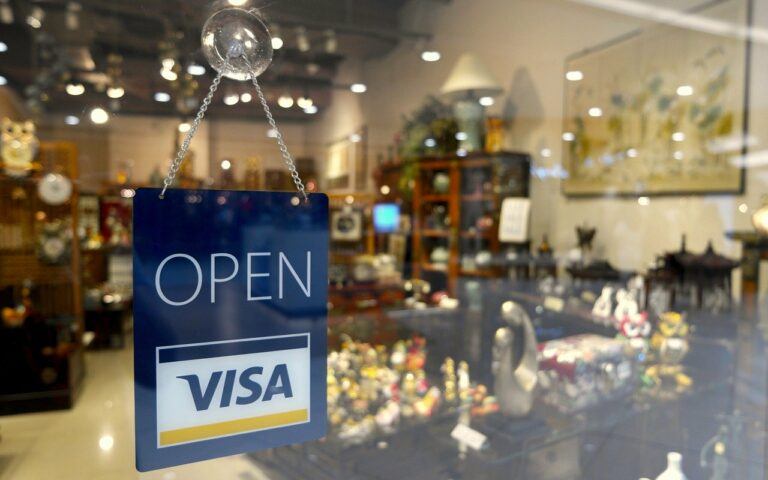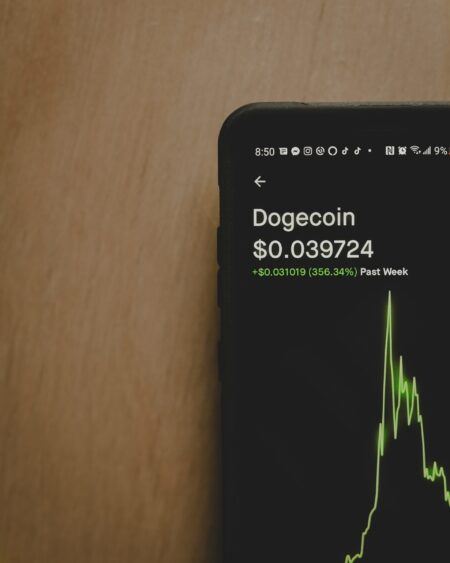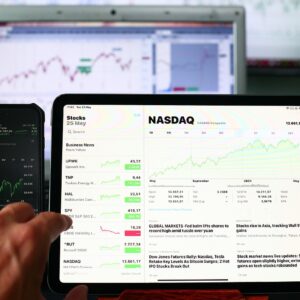On Sunday (September 27), Cuy Sheffield, a Senior Director at Visa and the head of its crypto division, explained in layman terms how decentralized automated market makers (AMMs)―such as Uniswap, Balancer, and Curve―work.
On August 6, the research arm of Asia-based crypto exchange Multi published a blog post that explained what AMMs are in the context of cryptoassets:
“Automated market makers are smart contracts that create a liquidity pool of ERC20 tokens, which are automatically traded by an algorithm rather than an order book. This effectively replaces a traditional limit order-book with a system where assets can be automatically swapped against the pool’s latest price.”
This blog post then went on to differentiate between the two types of AMMs that we can come across in the crypto space:
“There are two main types of automated market makers (AMMs). While one may be governed and set up by professional market makers, the other is fully automated by a set algorithm, allowing any user in the market to participate by depositing liquidity into the smart contract.”
Kyber Network is an example of an AMM that belongs to the former category whereas Uniswap, Balancer, and Curve, which are more decentralized, fall into the latter category.
Here is what it said about Uniswap:
“Uniswap was the first true decentralized AMM to enter the market in November 2019.
“Uniswap allows for anyone to deploy a liquidity pool on the network, and enables any other trader in the ecosystem to contribute liquidity.
“Unlike Kyber Network, the price in the Uniswap smart contract cannot be configured or controlled. The price of the tokens in the pool is fully determined by the balance ratio between the two tokens in the pool.”
Earlier today, Sheffield, who is Visa’s Head of Crypto, explained via a tweetstorm why AMMs are interesting to people outside of the crypto space.
- “AMMs are like websites that exist independent of any company or administrator that anyone in the world can go to and quickly exchange one asset for another asset”
- “They work because they also allow anyone to deposit any compatible asset and earn fees when that asset is exchanged”
- “Therefore, rather than requiring a company to build and operate an exchange, choose to list a specific asset, and then have professional traders choose to start trading that asset with users…”
- “The website is the exchange, the users list whatever assets they want, and the users who hold the assets combined with an algorithm serve the role of the professional traders / market makers”
- “This means that anyone in the world that creates an asset compatible with it can more easily bootstrap a globally available market for it to be exchanged with other assets”
- “Anyone in the world that wants to buy that asset can instantly access the market for it and acquire it over the internet… This can apply to fiat currencies (stablecoins), digital commodities (eth and btc), and even collectibles or in-game assets (NFTs)”
- “They also enable anyone to easily and efficiently convert between two forms of the same pegged asset (DAI/USDC) somewhat loosely analogous to quickly converting $100 from your PayPal account to $100 in your Cash app account”
On September 23, Sheffield announced that Visa had joined the Chamber of Digital Commerce, which calls itself “the world’s leading trade association representing the digital asset and blockchain industry”:
On July 22, Visa’s crypto division outlined its vision for digital currencies:
“Big things happen when you combine digital currencies with the power of one of the world’s largest payment networks.
“The foundation of Visa was built on the electronic movement of money. Money itself is evolving and our networks and solutions are evolving with it. And as money and currencies become digital, Visa’s focus remains the same, enabling the movement of money across the world.
“Our goal is to connect our network of financial institutions, merchants, and consumers to new blockchain and digital currency networks. The future of payments is rapidly evolving and we’re working to help money, in any form, do even more.”
Featured Image by “multifacetedgirl” via Pixabay.com









